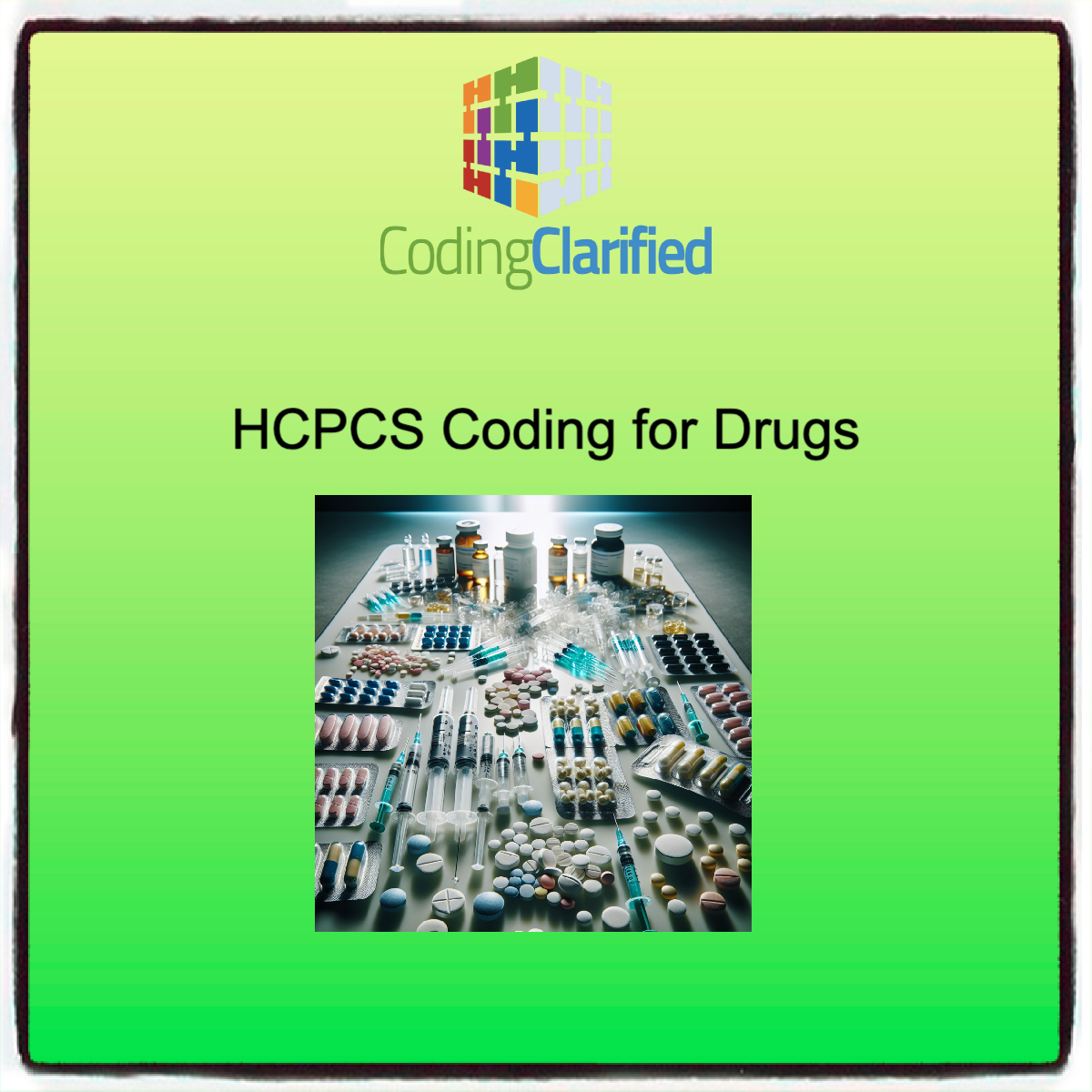Understanding HCPCS Coding for Medications and Drugs
The Healthcare Common Procedure Coding System (HCPCS) is essential for accurate billing and documenting services in the healthcare system. While HCPCS includes a broad range of codes, this blog focuses on the coding of medications and drugs, crucial for healthcare providers, coders, and billing specialists.
What is HCPCS?
HCPCS codes are used to report medical procedures to Medicare, Medicaid, and other third-party payers.
HCPCS is divided into two levels:
- Level I: CPT (Current Procedural Terminology) codes, maintained by the American Medical Association, primarily for services and procedures.
- Level II: Codes for non-physician services, including durable medical equipment, prosthetics, orthotics, and supplies, as well as drugs and medications.
Importance of Accurate Drug Coding
Accurate coding of medications is vital for:
- Reimbursement: Ensures that healthcare providers are properly compensated for the medications administered.
- Compliance: Helps to adhere to regulations set forth by Medicare, Medicaid, and private insurers.
- Data Collection: Supports healthcare analytics and research, leading to improved patient care.
HCPCS Codes for Medications
HCPCS Level II includes a specific set of codes for drugs and medications. These codes can be classified into two categories:
- J Codes: Used for injectable drugs.
- Q Codes: Used for other drugs and services.
J Codes
J codes are primarily used for drugs that are administered via injection or infusion. For example:
- J1885: Injection, ketorolac tromethamine, per 15 mg.
- J7030: Infusion, normal saline solution, per 1,000 cc.
When coding with J codes, it’s essential to:
- Confirm the specific formulation and dosage.
- Include the route of administration if necessary.
Q Codes
Q codes are less commonly used but can refer to specific drugs, especially those that may not fit the standard categories. Examples include:
- Q9971: Injection, adalimumab, biosimilar, 40 mg.
- Q9972: Injection, etanercept, biosimilar, 50 mg.
These codes are often associated with newer therapies or specific treatments not widely available.
Guidelines for Coding Medications
- Documentation: Ensure that documentation in the patient’s medical record supports the use of the medication, including dosage, administration route, and indication.
- Dosage and Administration: Be precise in coding the dosage. Many medications have specific HCPCS codes based on the amount administered, which can impact billing.
- Check for Updates: HCPCS codes can be updated annually. Always refer to the latest coding guidelines and resources to ensure accuracy.
- Modifiers: In some cases, modifiers may be required to indicate specific circumstances, such as multiple doses or special handling requirements. https://codingclarified.com/cpt-medical-modifiers/
Tips for Billing Medications
- Use the correct HCPCS code: Use the appropriate HCPCS code based on the drug’s descriptor. For example, use HCPCS code J7999 for compounded drugs.
- Report dosage and name: Include the drug’s name and dosage in all injection claims.
- Self-administered drugs: Don’t bill for drugs that the patient can self-administer.
- Don’t bill for the full amount: Don’t bill for the full amount of a drug if it’s split between multiple patients.
- Non-covered drugs: Don’t bill for drugs or services that aren’t covered.
- Don’t bill for drugs purchased by the beneficiary: Don’t bill for drugs that the beneficiary purchased or that were supplied for free by the manufacturer.
- Use the correct modifiers: Use the JA modifier for intravenous infusions and the JB modifier for subcutaneous injections.
- Use the correct NOC code: Use the Not Otherwise Classified (NOC) code J3490 or J3590 for drugs that don’t have a valid HCPCS code.
- Use the correct C9399 code: Use HCPCS code C9399 for new drugs and biologicals that have FDA approval but no specific HCPCS code.
Dosage for Medications
Units
Units not used
https://www.hcpcsdata.com/Codes
Let Coding Clarified “clarify” coding for you.

